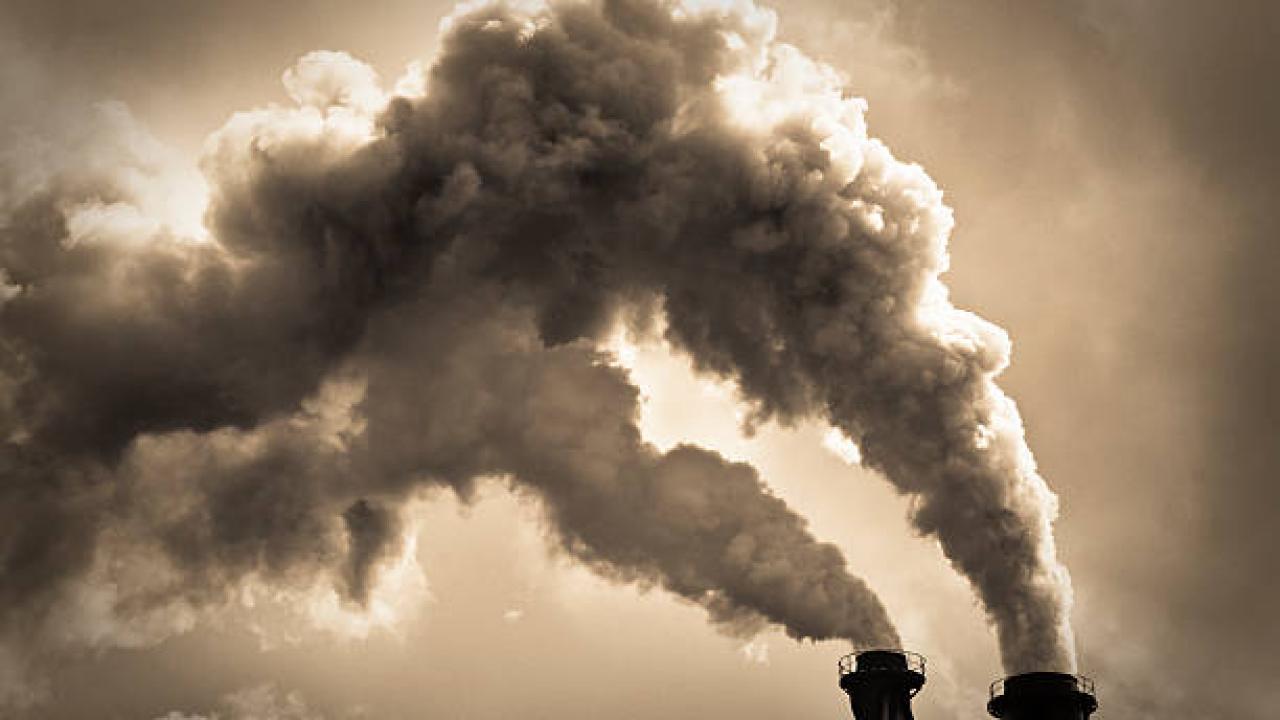
NEW JOURNAL ARTICLE ALERT: Critical Environmental Injustice and the Distribution of Toxics
New research published in Toxics
Environmental justice research has focused on the distribution of environmental inequalities, such as proximity to landfills, across the U.S. and globally. Background: Public health research and environmental health research, specifically, have focused on toxic exposure—encompassing individuals or communities that are disproportionately exposed to contaminants that are harmful or potentially harmful to them. Yet, little research has applied critical environmental justice theory—characterized by the idea that marginalized communities need to be treated as indispensable rather than disposable—to the study of toxic exposure. To fill this gap, the current paper offers a case study approach applying critical environmental justice theory to the study of disproportionate and unequal exposure to toxic contaminants. Methods: This case study is of Kettleman City, a rural, unincorporated community in the heart of California’s Central Valley (USA). This community experiences the co-location of environmental hazards, including residing at the intersection of two major highways and hosting a class I hazardous-waste landfill, which is one of the few licensed to accept PCBs. PCBs are a contaminant that has been linked with several adverse health outcomes, including cancers and low birthweight. Residents may also experience poor air quality from proximity to the highways. Results: This case highlights the uneven distribution of pollution and environmental degradation that may be shouldered by the community, along with their experiences of adverse health and social impacts. This analysis reveals the importance of incorporating a critical environmental justice perspective to unpack experiences of not only disproportionate exposure but also disproportionate procedural and recognitional inequality. Conclusions: This research highlights the untapped potential of environmental justice to catalyze exposure science in challenging the unequal distribution of contaminants.
- Cannon, C. E. B. (2024). Critical Environmental Injustice: A Case Study Approach to Understanding Disproportionate Exposure to Toxic Emissions. Toxics, 12(4), 295. https://doi.org/10.3390/toxics12040295